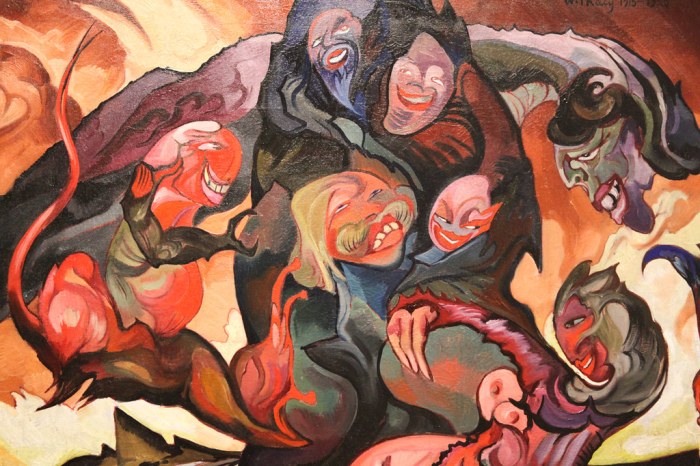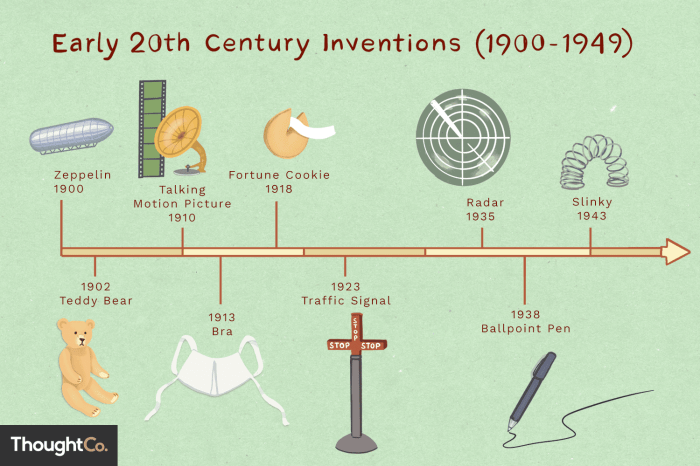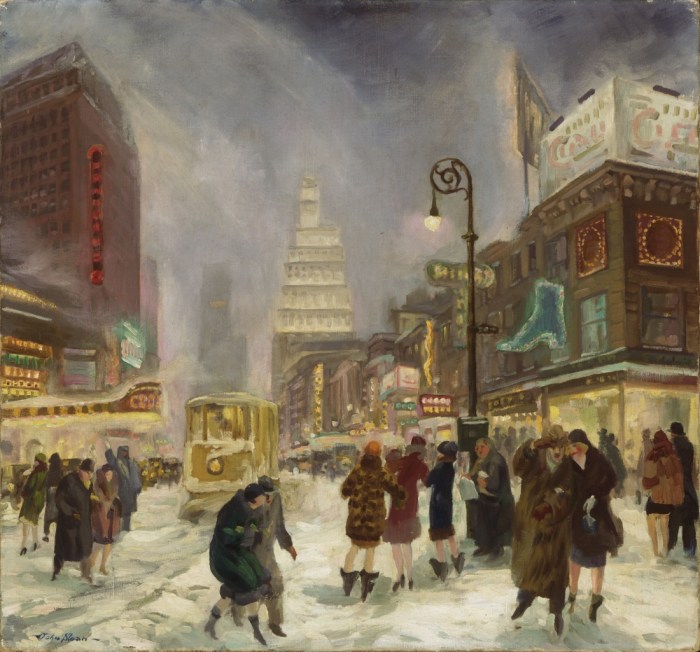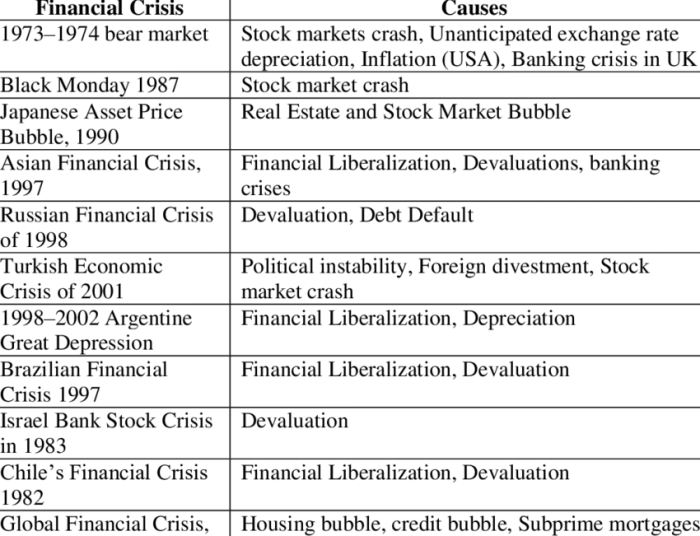Artworks in the twentieth and twenty-first centuries can – Artworks in the 20th and 21st centuries can reveal the evolution of artistic expression in response to societal and technological shifts. This narrative explores the emergence of modern art movements, the impact of new technologies, and the influence of globalization on contemporary art.
From the radical departures of Cubism and Expressionism to the dreamlike imagery of Surrealism, the 20th century witnessed a revolution in artistic norms. These movements challenged traditional notions of representation, opening up new possibilities for artistic expression.
Artistic Movements and Styles

The early 20th century witnessed the emergence of groundbreaking art movements that challenged traditional norms and revolutionized artistic expression. Cubism, Expressionism, and Surrealism emerged as dominant forces, each with its unique approach and profound impact.
Cubism
Cubism, pioneered by Pablo Picasso and Georges Braque, deconstructed objects into geometric forms and represented them from multiple perspectives simultaneously. Notable artworks include Picasso’s “Les Demoiselles d’Avignon” (1907) and Braque’s “Violin and Candlestick” (1910), which showcased the movement’s fragmented and abstract style.
Expressionism
Expressionism emphasized the artist’s inner emotions and subjective experiences, using intense colors and distorted forms. Leading figures included Edvard Munch, Ernst Ludwig Kirchner, and Wassily Kandinsky. Munch’s iconic “The Scream” (1893) exemplified the movement’s psychological depth and existential angst.
Surrealism
Surrealism, inspired by the theories of Sigmund Freud, explored the subconscious mind and the juxtaposition of unrelated elements. André Breton, Salvador Dalí, and René Magritte were prominent surrealists. Dalí’s “The Persistence of Memory” (1931) became a defining image of the movement, depicting melting clocks suspended in a desolate landscape.
Technological Advancements and Artistic Expression

The 20th century saw a surge in technological advancements that significantly impacted artistic creation. Photography and digital media emerged as new mediums, expanding the possibilities for artistic expression.
Photography
Photography revolutionized the way artists captured and represented reality. It enabled artists like Edward Steichen and Ansel Adams to explore new perspectives and capture fleeting moments in time. Steichen’s “The Flatiron Building” (1904) and Adams’ “Moonrise, Hernandez, New Mexico” (1941) are iconic examples of photographic artistry.
Digital Media
Digital media, including computers and software, provided artists with unprecedented tools for manipulating and creating images. Digital artists like Cindy Sherman and Jeff Koons utilized digital technologies to create works that blurred the boundaries between traditional art forms and new media.
Globalization and Cross-Cultural Influences

Globalization has had a profound impact on contemporary art, fostering cross-cultural exchanges and collaborations. Artists from diverse backgrounds have drawn inspiration from each other’s cultures and artistic traditions.
Cross-Cultural Collaborations
Artists have increasingly engaged in cross-cultural collaborations, creating works that reflect the interconnectedness of the world. For example, the “Documenta” art exhibition in Kassel, Germany, has showcased the work of artists from various cultures, promoting dialogue and understanding.
Artistic Appropriation, Artworks in the twentieth and twenty-first centuries can
Globalization has also led to the appropriation of artistic styles and motifs from different cultures. Artists like Takashi Murakami have incorporated traditional Japanese elements into their contemporary artworks, blurring the lines between cultural boundaries.
The Role of Art in Contemporary Society

Art in the 20th and 21st centuries has played a vital role in shaping public discourse and social consciousness. Artworks have sparked controversy, inspired social change, and raised awareness about important issues.
Political and Social Commentary
Artists have used their work to address political and social issues, often becoming agents of social change. Diego Rivera’s murals in Mexico criticized social injustice, while Ai Weiwei’s provocative installations have challenged authoritarianism in China.
Artistic Activism
Art has also been used as a tool for activism, raising awareness about environmental issues, human rights, and other pressing concerns. Artists like Banksy and Shepard Fairey have employed their art to promote social and political causes.
Clarifying Questions: Artworks In The Twentieth And Twenty-first Centuries Can
What are some key characteristics of modern art?
Modern art often departs from traditional artistic norms, emphasizing abstraction, experimentation, and the exploration of new forms and materials.
How has technology influenced artistic expression?
Technology has enabled artists to create artworks that are impossible through traditional means, such as digital paintings, interactive installations, and virtual reality experiences.
What is the impact of globalization on contemporary art?
Globalization has facilitated cross-cultural exchanges, leading to artworks that blend diverse artistic traditions and perspectives.